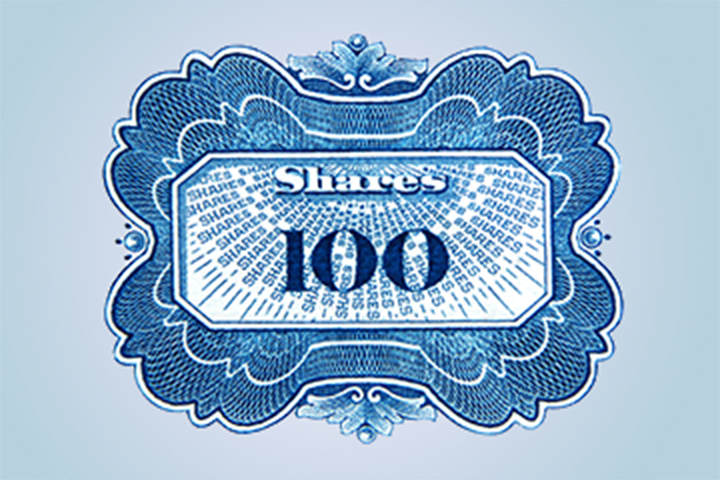What is the VIX and how can an investor benefit from it?

Keytrade Bank
keytradebank.be
October 22, 2020
(updated August 21, 2024)
4 minutes to read
Are we looking at a wild ride ahead of us on the stock market? Or can we sit back and relax? To find out, investors often look at the VIX, also known as the anxiety barometer. What exactly is it, how does it work and how can an investor benefit from it?
5 questions and answers about the VIX
1. What is the VIX?
The Volatility Index (VIX) is a measure of the expected volatility of the stock market. Specifically, the VIX seeks to predict the volatility of the US S&P 500 index over the next 30 days.
The VIX is known as the 'anxiety index’ or ‘stress index'. Investors use it primarily as a barometer to assess market risks: the higher the value of the index, the more turbulent the stock market climate.
What is volatility?
Volatility is the extent to which share prices move. For example, a share that continuously yo-yos between 10 and 100 euros is very volatile.
2. How does the VIX work?
Broadly speaking, there are two ways to measure volatility. The first method is based on historical share prices and deviations over a specific period. In other words, to predict volatility for the next X months, volatility for the last X months is calculated and the same pattern is expected to continue.
The second method relies on calculations based on option prices. This is also how the VIX is formed. Although the calculation is very technical – you can find all the formulas here – the VIX analyses the expected volatility of the S&P500 in real time by looking at how the prices of the call and put options compare.
When investors anticipate major increases or decreases in share prices, they can reduce risk by using options to 'hedge' their positions. This is a form of insurance where an investor occupies an opposite position in a share or index vis-à-vis the one they maintain.
A general rise in option prices for the S&P500 indicates increased market uncertainty and higher expected volatility. The VIX will increase as a result, signalling to investors that market volatility is likely to increase. If investors become nervous and buy put options on the S&P500 (e.g. as protection), this will indirectly result in an increase in the VIX.
What are options?
Options are derivative instruments that give the right to buy or sell securities (such as shares or an equity index) within a certain period at a predetermined price. With a call option, you have the right to buy securities at a specific price. In the case of a put option, there is the right to sell securities at a certain price.
In short, the VIX tries to predict the variability of future market movements.
3. When is the VIX high and when is it low?
VIX values below 20 generally correspond to stable, ‘worry-free’ periods in the market. VIX stocks above 30 point to a high expected volatility and increased uncertainty among investors.
In mid-March 2020, the VIX peaked above 82, breaking the previous record from November 2008. Although VIX levels can be very high in times of crisis, extreme levels are rarely maintained for long.
The VIX is usually shown on a scale of 0 to 100, but can rise above 100.
4. Are there any such barometers for other indices?
In addition to a volatility index for the S&P500, there are volatility indices for other major indices, currency pairs and commodities. For the Euro Stoxx 50, for example, this is the V2TX.
5. What can an investor do with it?
Investing directly in the VIX is not possible. Among other things, this is because the basket of options on which the VIX is based is constantly changing its composition. Investors can invest in derivatives on the VIX. However, these are not products one buys for the long term; they are there, for example, to hedge price falls in the short term. Some investors also buy these products purely for speculation purposes. These products are therefore only suitable for investors who are able and willing to take very high risks.
The VIX is an interesting barometer that enables the average investor to make investment decisions. A sharp peak in the VIX could be a sign that investors are heading for an exit together. Sharp price falls can then create a buying opportunity, as has often been shown during high volatility peaks.


